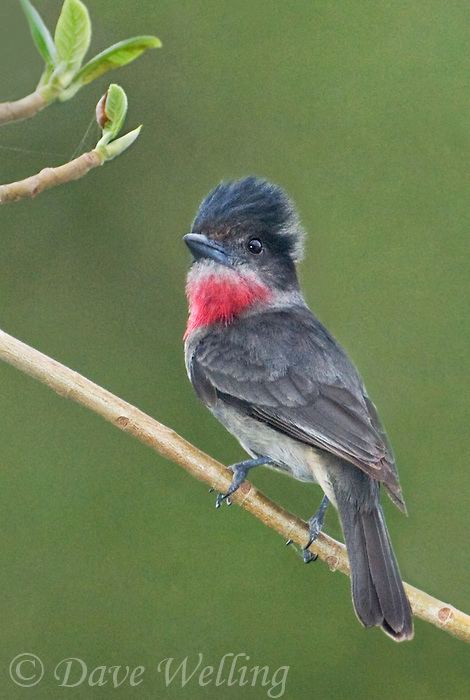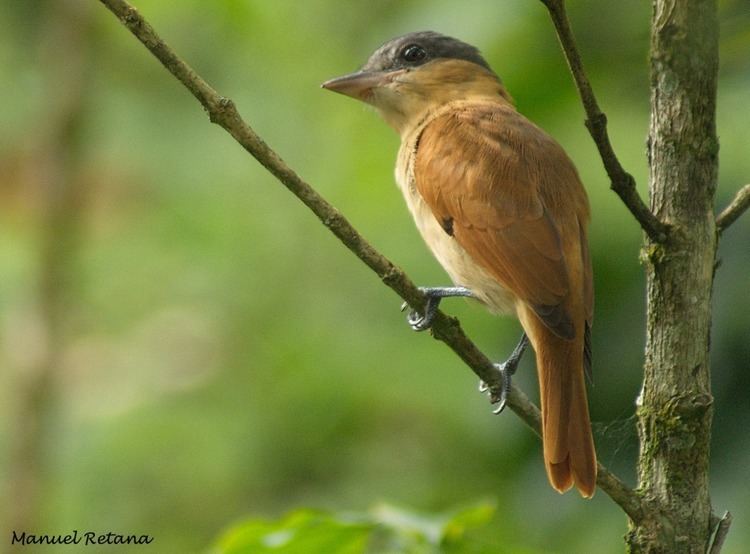Order Passeriformes Genus Pachyramphus Higher classification Becard | Phylum Chordata Scientific name Pachyramphus aglaiae Rank Species | |
 | ||
Similar Becard, Bird, Northern beardless tyrannulet, Masked tityra, Grey‑collared becard | ||
Rose throated becard weslaco texas
The rose-throated becard (Pachyramphus aglaiae) is a medium-sized member of the family Tityridae. Its genus, Pachyramphus, has traditionally been placed in Cotingidae or Tyrannidae, but evidence strongly suggest it is better placed in Tityridae.
Contents
- Rose throated becard weslaco texas
- Rose throated becard at santa gertrudis lane santa cruz county se az 01 05 10
- Distribution and habitat
- Description
- Breeding
- Feeding
- References
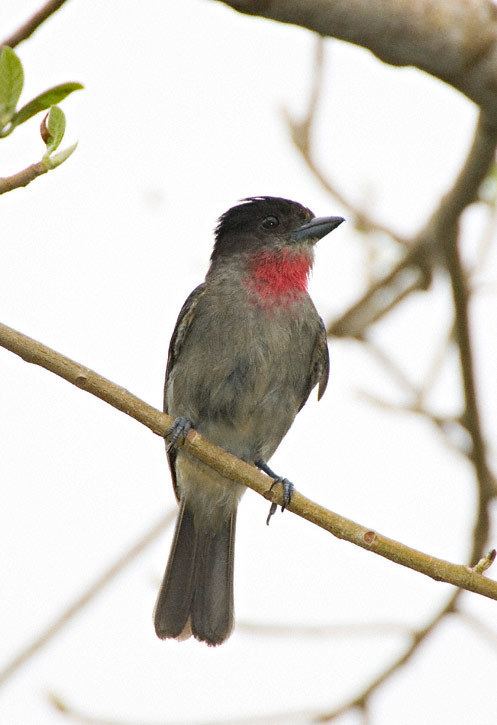
Rose throated becard at santa gertrudis lane santa cruz county se az 01 05 10
Distribution and habitat
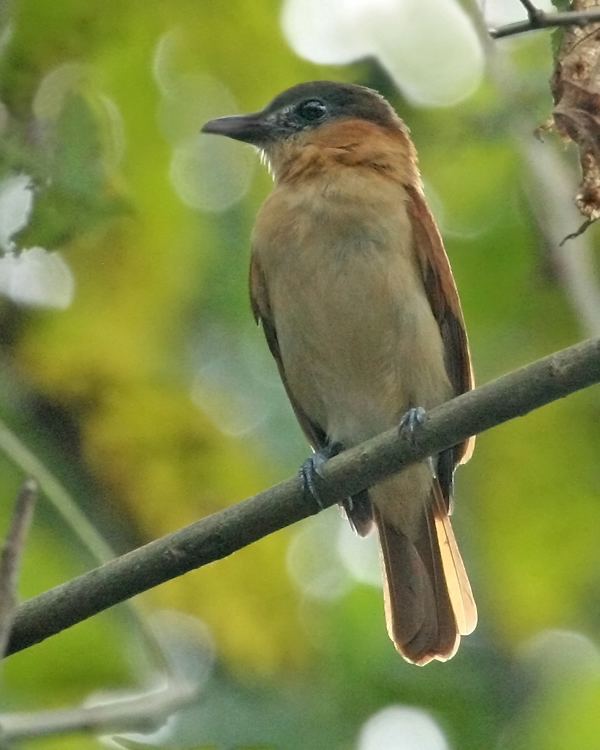
Rose-throated becards usually occur in riparian areas of pine-oak woodlands and evergreen forest. They breed from south-easternmost Arizona and extreme southern Texas of the United States to western Panama. Breeding is local and sporadic in the USA, and becomes more regular in Mexico. Birds are normally permanent residents, but any birds found in the US do retreat for the winter.
Description
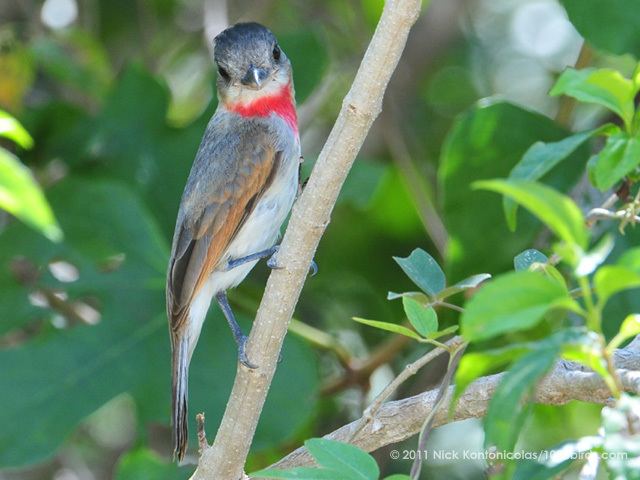
The most distinguishing characteristics of this bird is the rose-colored neck bib found in adult males. Males are mostly gray in color, with a contrasting darker upperside and a pale gray underside. Males also show a black crown. Females are mostly brown in color, with a rusty brown upperside, and a pale buffy underside. The crown is a dark gray, not nearly as stunning as the males. Its usual call is a mournful "seeeeuuuwww".
Breeding
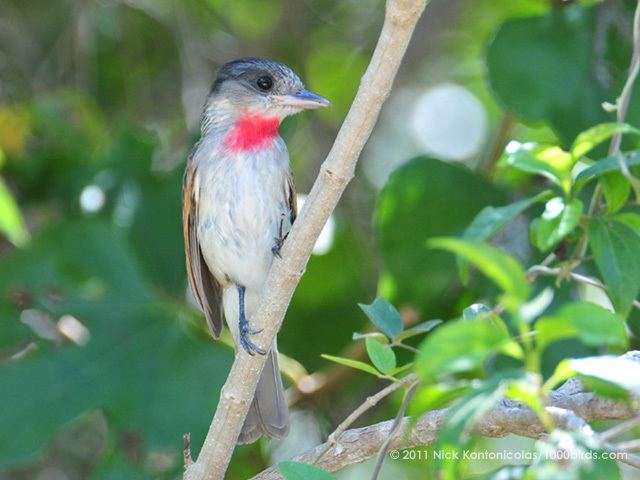
They make a large foot-long globular nest, usually suspended from a tree limb. The entrance hole is found on the bottom. The female lays three to four eggs.
Feeding

The becard feeds primarily on insects, which it will glean from the vegetation, but captures some in flight as well. They will also take berries and seeds.
